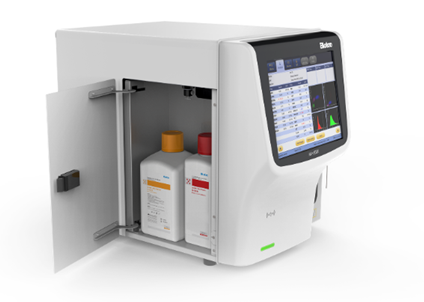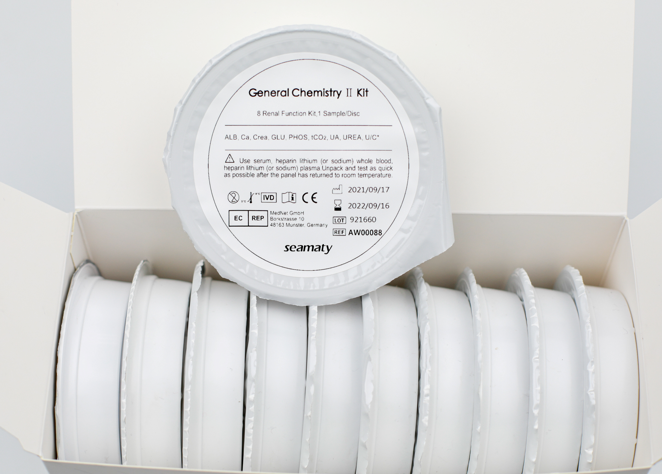release time:2021-11-11 12:00:59
1. if according to the identity of the testers can be divided into self-testing/home testing or specialized Professional. the home market mainly includes products for blood glucose, blood pressure, pregnancy, etc. The professional market mainly includes products used in hospital testing departments, clinical departments, emergency departments, ICU, operating rooms, etc. In addition, POCT machine can also be used in disaster relief, military, medical service stations, on-site supervision and law enforcement, food safety control, mobile medical and other scenarios. Its form is more flexible and diverse than large diagnostic machine.

2022-10-10
Blood consists of two major parts: the fluid and the tangible cells. The blood test (hematology test) is a test of the cellular part of the blood. Blood has three different functions of cells - red blood cells, white blood cells, and platelets.

2022-05-25
Medical equipment is now incorporating a variety of new technologies, and medical equipment is gradually becoming more and more automated and integrated

2022-03-23
The "5 CRP Kit" contains tests for AMY, Crea, UREA, LPS, CRP. The "AMY & LPS" tests are specifically designed to detect normal pancreatic function.